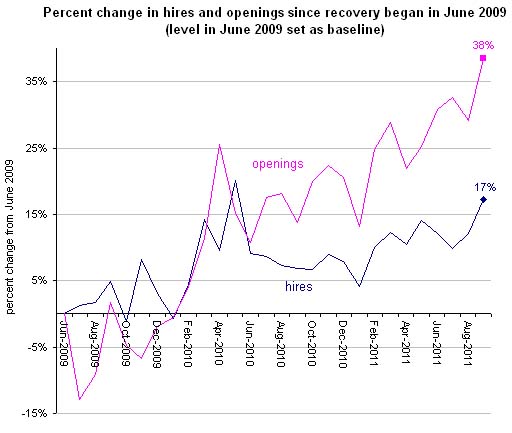tap4154
VIP Member
obama will manufacture the effects of sequester just like he released dangerous criminals before the sequester took effect. Either the public will believe that his deliberate acts are an ancillary effect of sequester or they will look at his 250 million to Egypt and 110 million to Libyan rebels and wonder what the fuck is this idiot thinking and punish the democrats in 2014.
Judge Andrew Napolitano has suggested that if BO is deliberately causing harm to the military and our national security -- when he certainly could send a second carrier to the Persian Gulf, but prefers to direct the budget cuts where they cause the most harm, and make news for political advantage -- he may be committing an impeachable offense.





